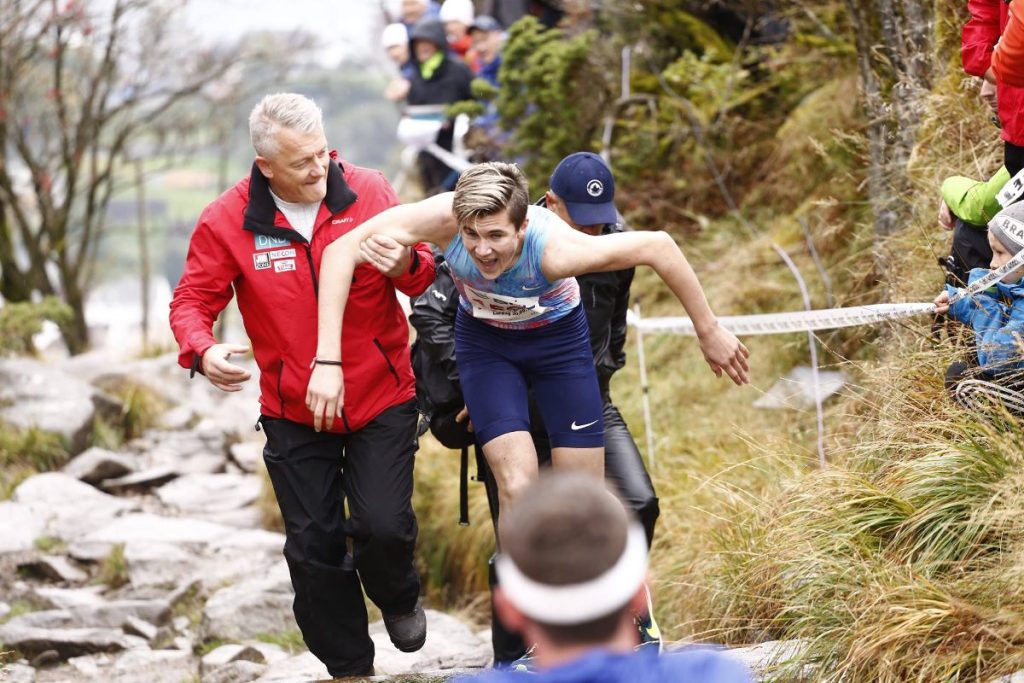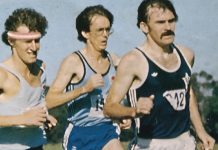Recently, the “Norwegian model” of endurance training has gained significant momentum, attracting endorsements from distinguished athletes such as the Ingebrigtsen brothers—Jakob and Kristian Blummenfelt—and Gustav Iden, an Olympic and Ironman champion. What truly capture attention are the anecdotal reports from athletes who have embraced this model and wholeheartedly vouch for its effectiveness, fueling curiosity about its underlying principles.

Endurance training has witnessed a myriad of approaches employed by athletes throughout history. The clash of training philosophies during 1964 Olympic 5,000-meter final serves as a prime example, with notable athletes embracing diverse methods:
- Bob Schul, mentored by Hungarian coach Mihály Iglói, dedicated his training to short intervals on the track, engaging in bi-daily sessions.
- Harald Norpoth, a devoted follower of German coach Ernst Van Aaken, adopted the “long slow distance” (LSD) training technique.
- Bill Dellinger, under the guidance of University of Oregon coach Bill Bowerman, followed a mixed approach, alternating between demanding and relaxed training days—an approach that remains immensely popular today.
- Ron Clarke pursued threshold training, consisting of moderate yet lengthy runs spanning three to 14 miles, performed multiple times a day.
While Schul, Norpoth, Dellinger, and Clarke achieved remarkable results in their respective training methodologies, with Clarke even smashing a world record the following year, their approaches proved equally effective. Even in today’s competitive arena, these athletes would likely thrive, leveraging advancements in equipment and track conditions.
It is crucial to acknowledge that endurance training does not rely on secret formulas or miraculous workouts. Instead, it revolves around subjecting the cardiovascular system, metabolism, and muscles to stress, triggering adaptive responses. While training methodologies may evolve, the core principles remain unaltered.
Scientific Foundations Revealed
The International Journal of Environmental Research and Public Health recently published a review paper that sheds light on the scientific foundations of the Norwegian model. Arturo Casado, a former Olympic miler from Spain, leads the study in collaboration with influential training theorists Carl Foster and Leif Inge Tjelta, along with Marius Bakken, a former Norwegian 5,000-meter star credited with developing and popularizing the approach.
While there is ongoing debate regarding the extent of Bakken’s influence, his website manifesto includes enlightening exchanges with Gjert Ingebrigtsen, Jakob’s father and former coach, which demonstrate knowledge transfer.

The paper’s title focuses on “lactate-guided threshold interval training within a high-volume low-intensity approach,” introducing a nuanced perspective that goes beyond the widely used “Norwegian model” terminology. The high-volume low-intensity aspect, which predominantly consists of easy runs with minimal intense training, aligns with the principles of polarized training.
The Norwegian model emphasizes the accumulation of a significant volume of relaxed miles while incorporating fewer demanding workouts. While ongoing debates surround the nomenclature, athletes widely accept the overarching principle of optimizing adaptive stimulus.
View this post on Instagram
Lactate-guided threshold interval training serves as the distinguishing factor of the Norwegian model. According to the paper, athletes typically cover approximately 110 miles in a training week, primarily through easy runs. Both morning and evening sessions on Tuesdays and Thursdays include threshold intervals, while Saturdays involve more intense workouts such as 20 x 200-meter hill sprints.

What sets threshold intervals apart is their reliance on internal stress instead of external benchmarks like pace. Athletes continuously monitor lactate levels throughout the workout using finger or ear pricks. The desired range for lactate levels lies within the “threshold” zone, typically ranging between the first and second lactate thresholds (2.0-4.5 mmol/L).

















